How to Fix Callisto Protocol Lagging & Freezing Issue in PC?
Gameplay in The Callisto Protocol can suddenly stop working or become choppy, especially during action scenes or when entering new areas. This lag and freezing usually isn’t because of weak hardware, but because the game does a poor job preparing graphics (shaders) and loading new content quickly.
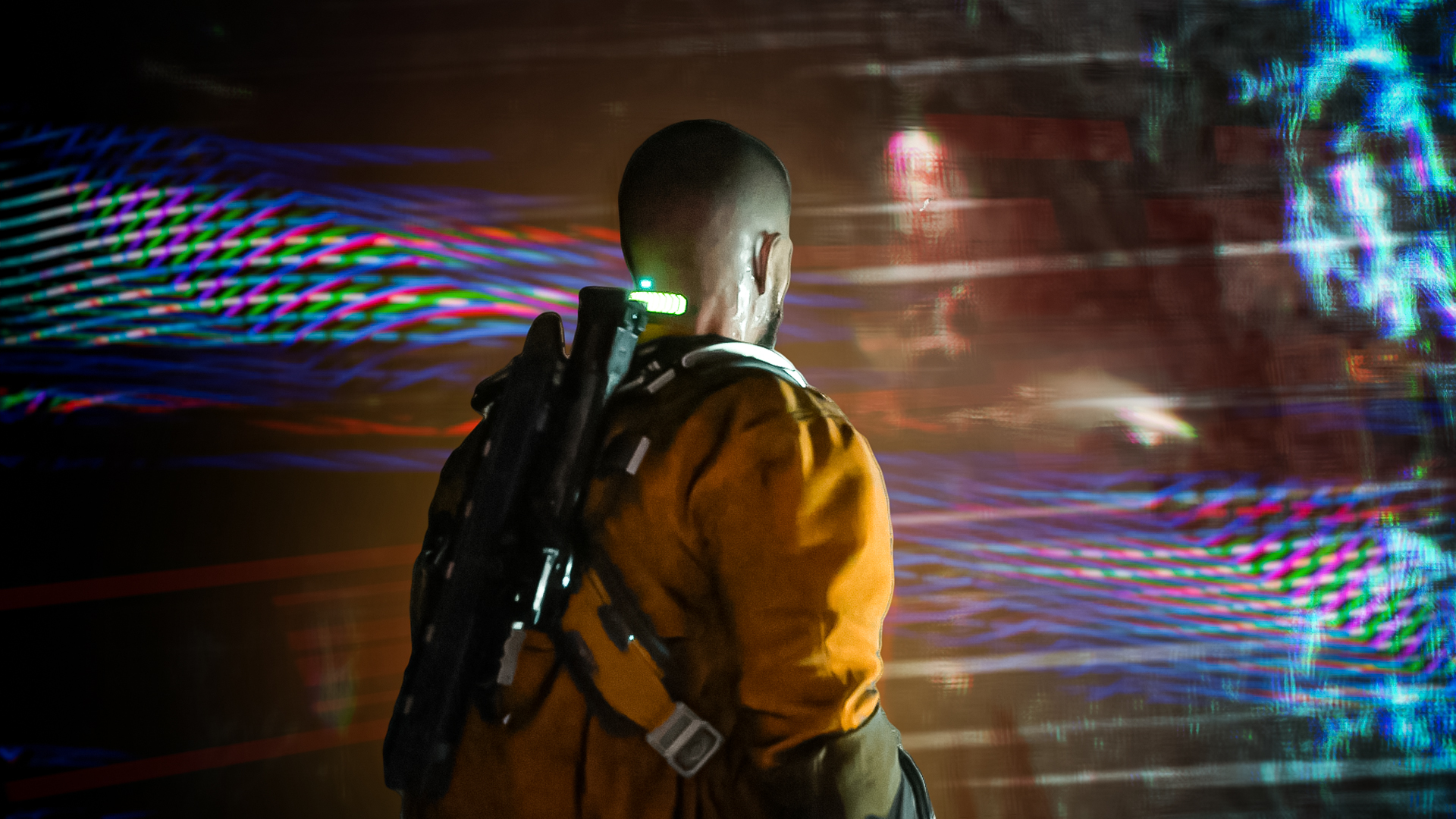
The main reason is bad optimization for DirectX 12. Other causes can include old graphics drivers, missing pre-loaded graphics, or problems with overlay programs like Steam or Discord. This guide will show you the steps you can take to fix lagging issues in Callisto Protocol.
Prerequisites: Check your System Requirements
If your system specifications do not meet the minimum requirements for Callisto Protocol, you may experience stuttering and lag. Before trying any other fixes, make sure your computer meets the game’s requirements. Here’s how you can check your system specifications:
- Open the “Run” dialog by pressing Win + R together.
- Type “dxdiag” in the run prompt to open the DirectX Diagnostic Tool.
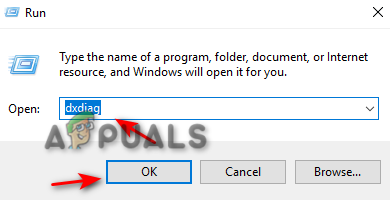
Opening the diagnostics tool - On the “System” tab, check the size of your memory (RAM), your processor, and your DirectX version.
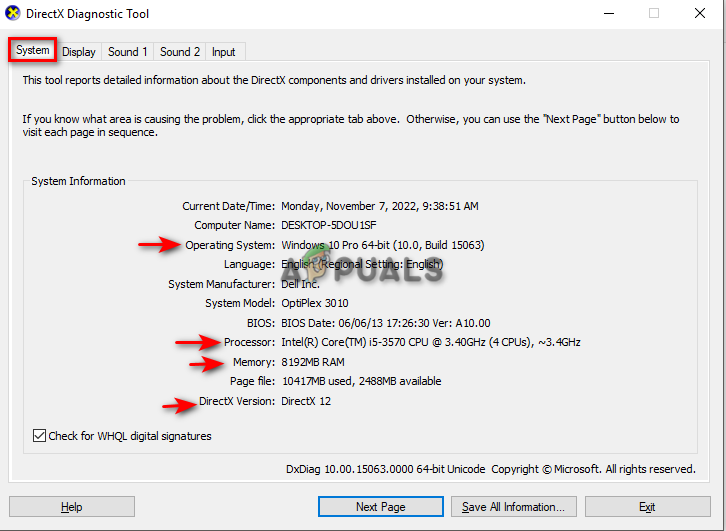
Checking System Information on Diagnostics Tool - Go to the “Display” tab to see which graphics card you have.

Checking Graphics Card on the Diagnostics Tool - Click “Exit” and compare your specs to the minimum requirements below:
Minimum Requirements
- 64-bit processor and operating system required
- OS: Windows 10/11
- Processor: Intel® Core™ i5-8400 or AMD Ryzen™ 5 2600
- Memory: 8 GB RAM
- Graphics: NVIDIA® GeForce® GTX 1060 or AMD Radeon™ RX 580
- DirectX: Version 11
- Storage: 75 GB available space
1. Run Callisto Protocol On Low Settings
If you run Callisto Protocol at high graphics settings, the game will load more detailed textures, which can slow down your computer and cause lag. To improve performance, set the game to low settings before you start playing.
- Launch Callisto Protocol, then go to Main Menu > Options > Graphics.
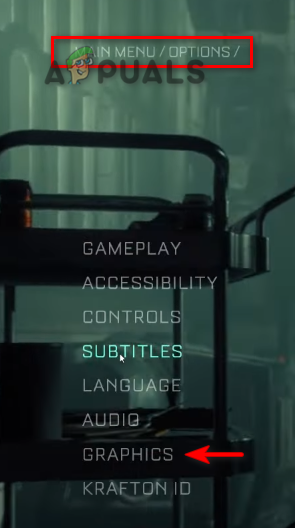
Callisto Protocol Graphics Settings - Adjust the settings as listed below:
Low Settings
- V-Sync: Off
- Frame Rate Limit: Unlimited
- DirectX: 11
- Full-Screen Mode: Full Screen
- Resolution: Choose the one that fits your monitor (e.g., 1920 x 1080)
- HDR: Disabled
- Gamma: Monitor SRGB
- Lighting Quality: Standard
- Shadow Quality: Medium
- Volumetric Quality: Medium
- Particle Quality: Medium
- Screen Space Reflection: Enabled
- Physical Refractions: Enabled
- Depth of Field: Enabled
- Motion Blur: Disabled
- Subsurface Scattering: Enabled
- Anti-Aliasing: TemporalAA
- Film Grain: Off
- FSR2 Quality Mode: Balanced
- Mesh Quality: Low-Medium
- Texture Quality: Medium
- Texture Filter Quality: Medium
2. Run Callisto Protocol on Performance Mode
Switching to performance mode in Callisto Protocol boosts the game’s frame rate to 60fps, instead of the 30fps in quality mode. This helps eliminate lag.
- Go to Main Menu > Options > Graphics.

Callisto Protocol Graphics Settings - Enable Performance Mode.

Enabling Performance Mode in Callisto Protocol - Restart the game to see if the lag has improved.
3. Delete Temporary Files
Temporary files can take up space on your hard drive and reduce your system’s performance, leading to lag. Deleting these files may help.
- Open the “Run” dialog with Win + R.
- Type “%temp%” and click OK to open the temporary files folder.
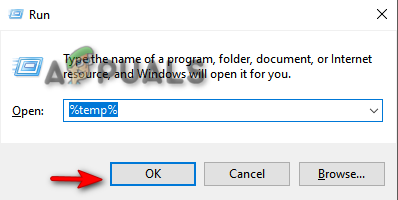
Opening location to temporary files on the hard drive - Select all files by pressing Ctrl + A.
- Press the “Delete” key to remove all temporary files from your drive.
4. Close Unwanted Programs and Services on Windows
Background programs and services can consume system resources, causing Callisto Protocol to lag. It’s best to close these unnecessary processes.
- Open Task Manager by typing “Task Manager” in the Windows Search box.
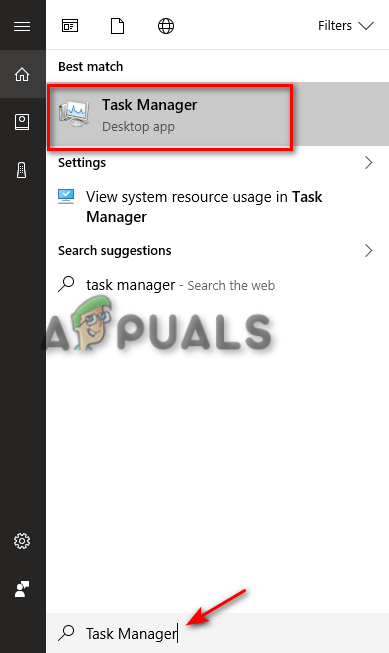
Opening Task Manager - Look at the “Processes” tab to see which programs are running.
- Select any unwanted program and click “End Task” at the bottom of the window.
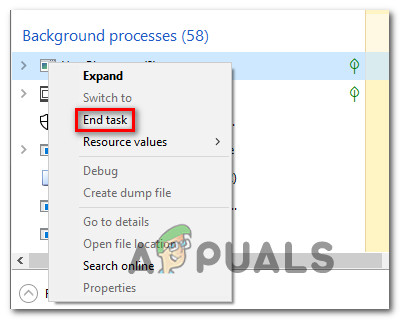
Ending the task of the BGInfo process - Close Task Manager and try running your game again.
6. Verify the Integrity of your Game Files
Lagging can also happen if some game files are missing or corrupted. You can check and repair these files through your game launcher.
6.1. For Steam
- Open Steam and go to your “Library”.
- Right-click Callisto Protocol and select Properties.
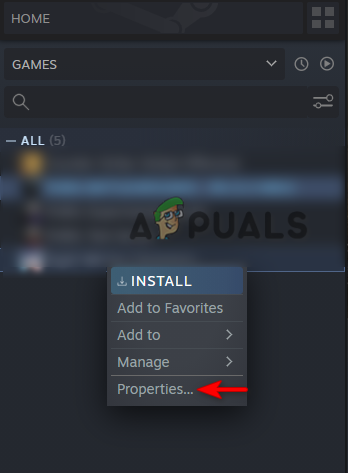
Opening the Properties of Callisto Protocol - Go to Local Files > Verify integrity of game files.
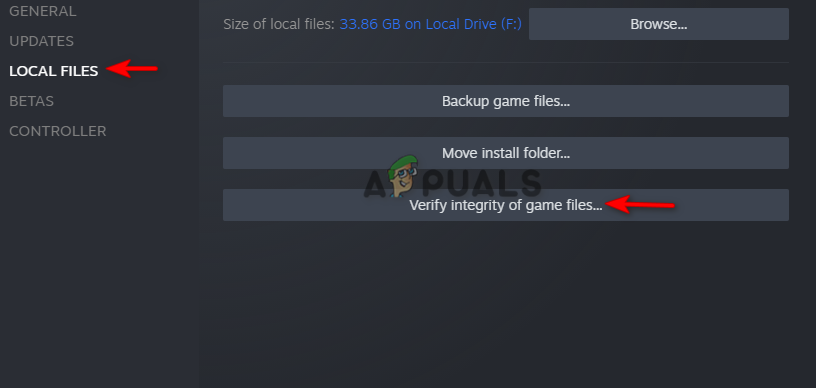
Verifying the Integrity of the game on Steam - After the process completes, relaunch Callisto Protocol and check for lag.
6.2. For Epic Games
- Open the Epic Games Launcher and click the Library tab.
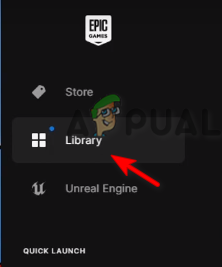
Opening Epic Games Library - Find Callisto Protocol, click the three dots next to it, and select Manage.
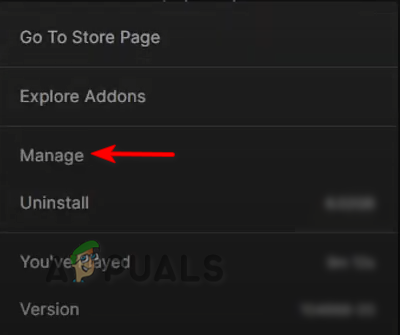
Clicking on the Manage option - Click on Verify to check and fix any corrupted or missing files.
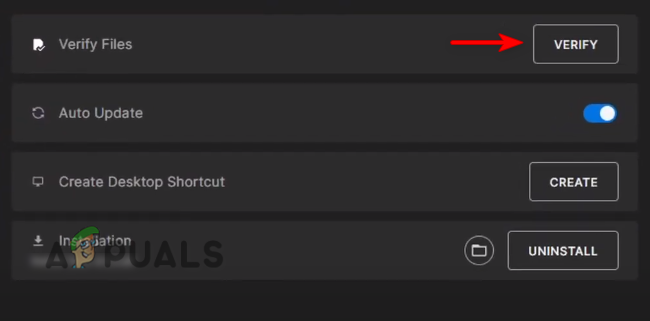
verifying the Integrity of the game on Epic Games
7. Change Control Panel Settings
Having high settings in your graphics card control panel can reduce your game’s performance. Adjusting these settings for better performance may help reduce lag.
- If you have an NVIDIA card, right-click the desktop and open the NVIDIA Control Panel.

Opening NVIDIA Control Panel - Go to 3D Settings > Manage 3D Settings > Program Settings.
- Click “Add” and select Callisto Protocol.
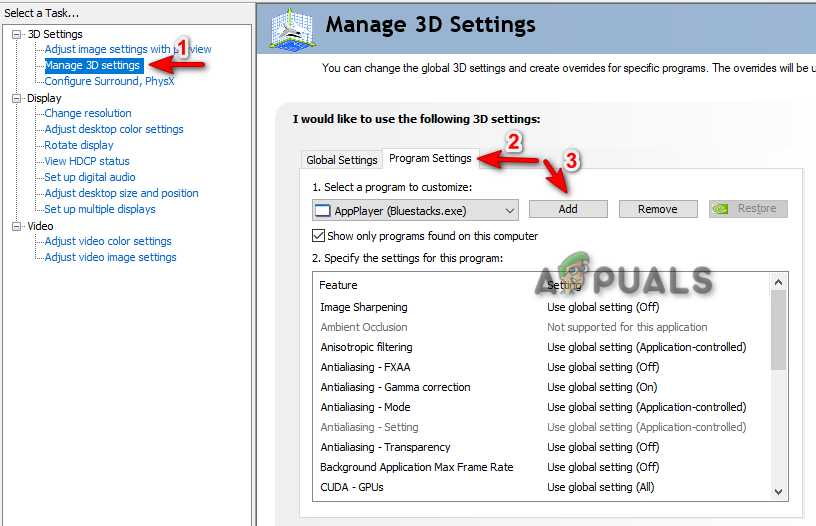
Adding Callisto Protocol to the Program Settings - Click “Add Selected Program” at the bottom.

Adding Selected Program - Set the following for better performance:
- Monitor Technology: G-Sync
- Maximum Pre-rendered Frames: 2
- Threaded Optimization: On
- Power Management: Prefer Maximum Performance
- Texture Filtering – Quality: Performance
- Low Latency Mode: Ultra
Note: AMD users can adjust these settings instead:
- Anti-Aliasing Mode: Use application settings
- Anti-aliasing Method: Multisampling
- Morphological Filtering: Off
- Anisotropic Filtering Mode: Use application settings
- Texture Filtering Quality: Performance
- Surface Format Optimization: On
- Wait for V-sync: Off
- OpenGL Triple Buffering: Off
- Shader Cache: AMD optimized
- Tessellation Mode: Override application settings
- Maximum Tessellation Level: Off
- GPU Workload: Graphics
- Chill: Off
- Frame Rate Target Control: Disabled
8. Update your Graphics Driver
An outdated graphics driver is one of the most common reasons for lag in games. Updating your graphics driver often improves performance.
- Open Device Manager by typing “Device Manager” in the Windows search bar.
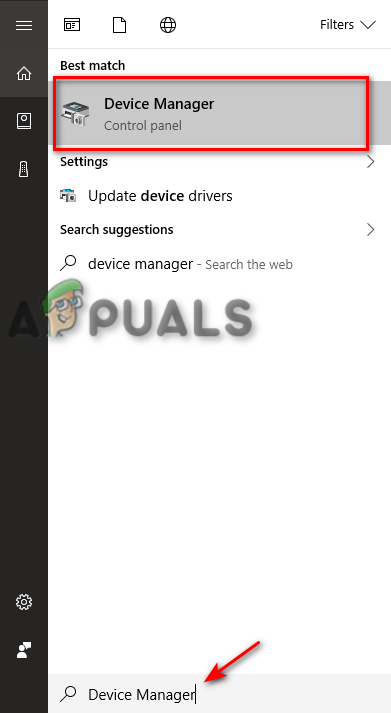
Opening Device Manager - Click “Display Adapters“, right-click your graphics driver, and select “Update Driver”.
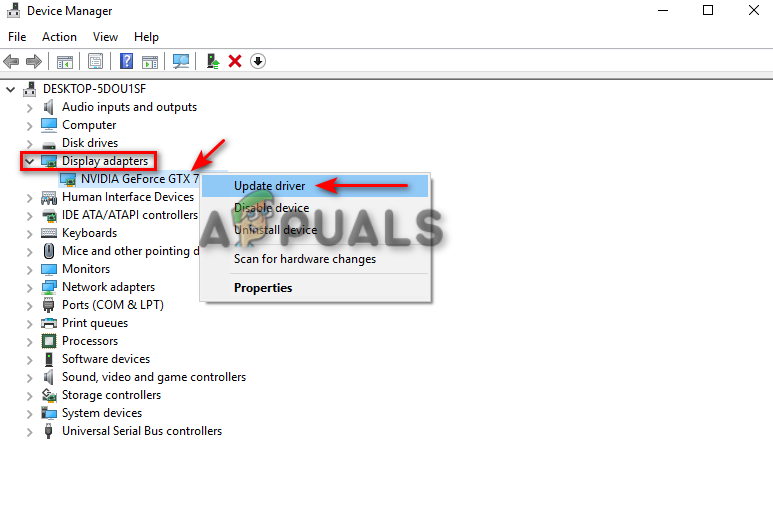
Updating Graphics Driver - Choose the updating process you prefer.
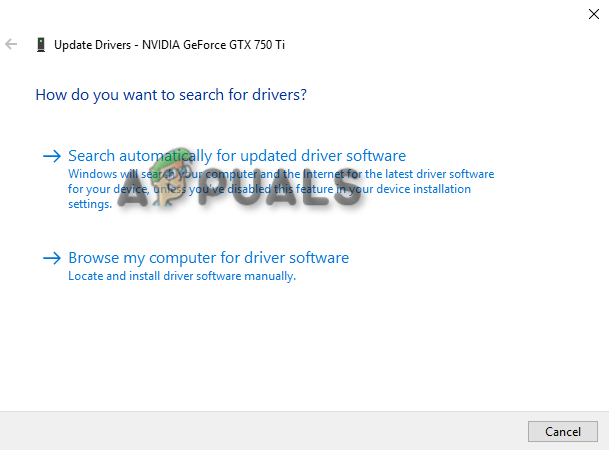
Selecting the Driver Updating method - Restart your computer after updating and relaunch Callisto Protocol.
Note: If you use GeForce Experience or your driver is already up to date, follow these steps to update through GeForce Experience:
- Open GeForce Experience using Windows search.
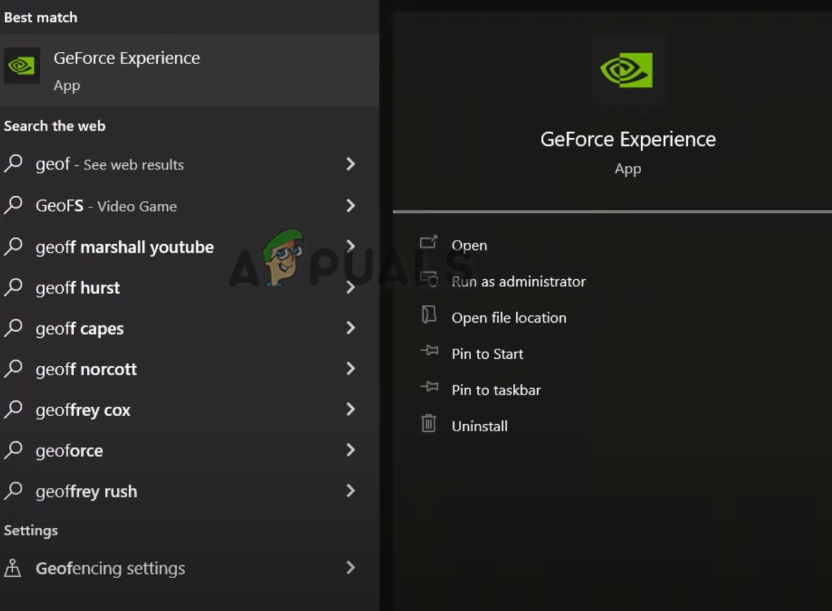
Opening GeForce Experience - Click on the Drivers tab.
- Select “Check for Updates” to search for new drivers.
- If updates are available, click “Express Installation“.
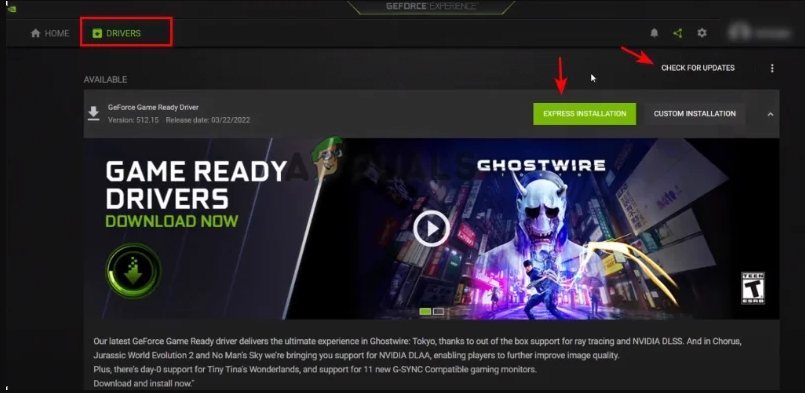
Updating Graphics Card from GeForce Experience - Restart your PC after installation and try starting the game again.
9. Install Low Specs Experience
For additional optimization, you can download and install Low Specs Experience to manually fine-tune Callisto Protocol’s settings for the best performance.
- Download Callisto Protocol Low Specs Experience.
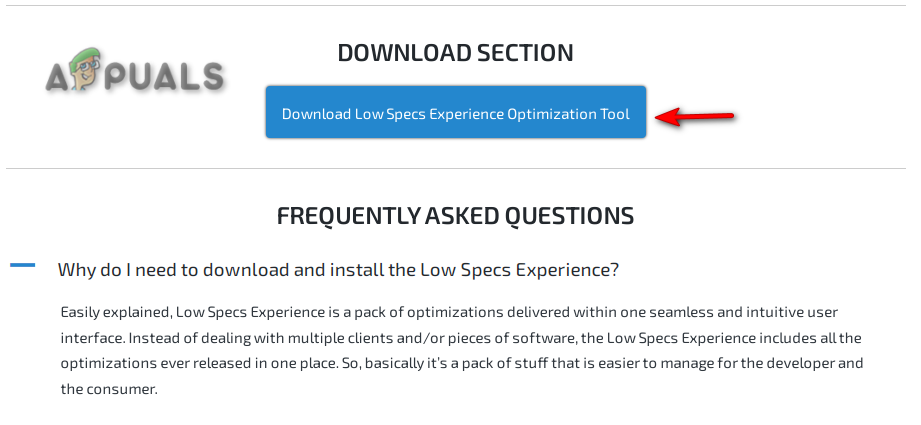
Downloading the Callisto Protocol Low Specs Experience - Extract the files you downloaded.
- Run the setup, tick “I accept the agreement,” and click Next.
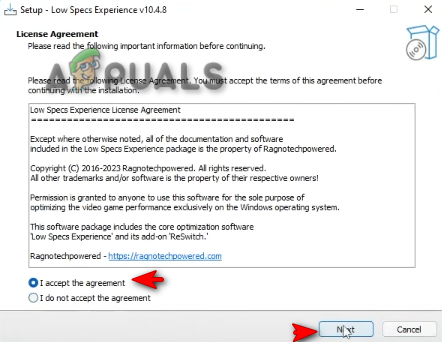
Installing Low Specs Experience - After installation, open Low Specs Experience.
- Go to the Optimization Catalog and select Callisto Protocol from the drop-down menu.
- Click “Load Optimization Package” and press OK.
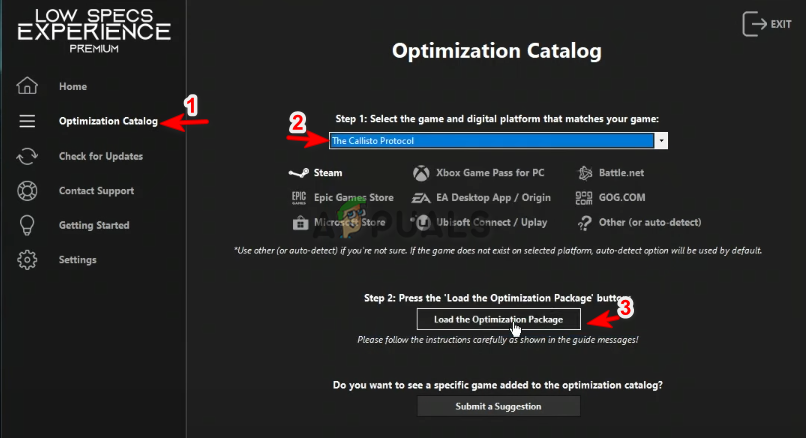
Optimizing Callisto Protocol - Select your preferred optimization method and adjust any additional settings.
- Finally, click “Execute Optimization” to apply the changes.
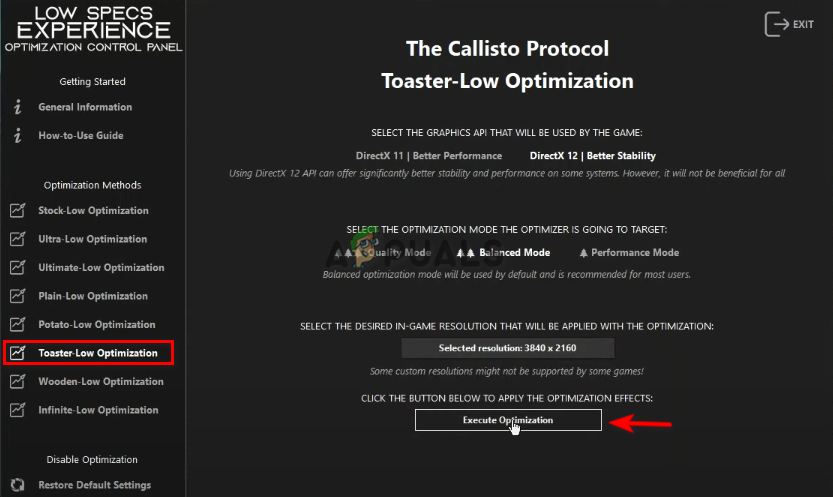
Toaster-Low Optimization
10. Reinstall the Game
If none of the above solutions work, as a last resort, try reinstalling Callisto Protocol. Here is how you can do it on both Steam and Epic Games:
10.1. Steam
- Open Steam Launcher.
- Go to the Library tab.
- Right-click on Callisto Protocol.
- Click Manage, then Uninstall.
- Once it’s uninstalled, click on the Install button to reinstall the game.
10.2. Epic Games
- Open Epic Games Launcher.
- Go to the Library tab.
- Click the three dots next to the game.
- Select Uninstall.
- When uninstalled, you can then reinstall the game from your library.





